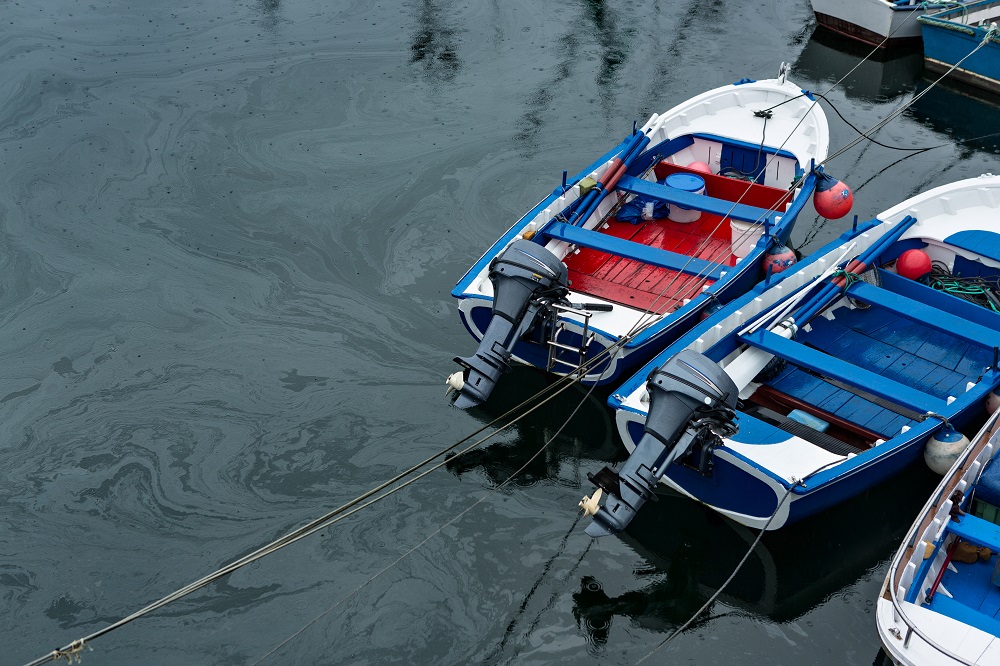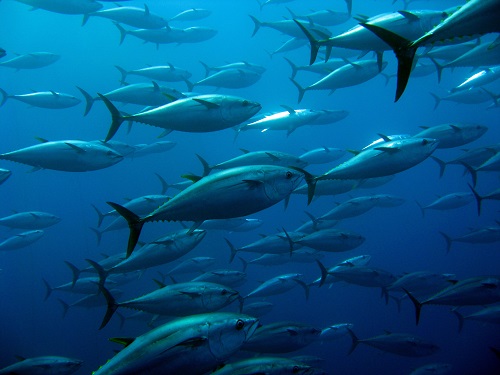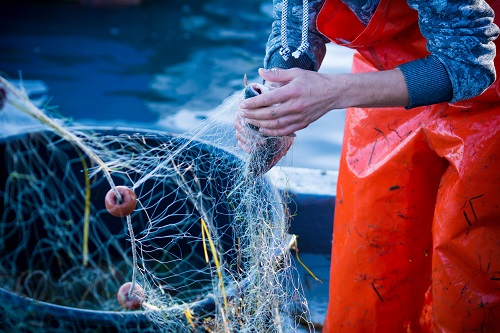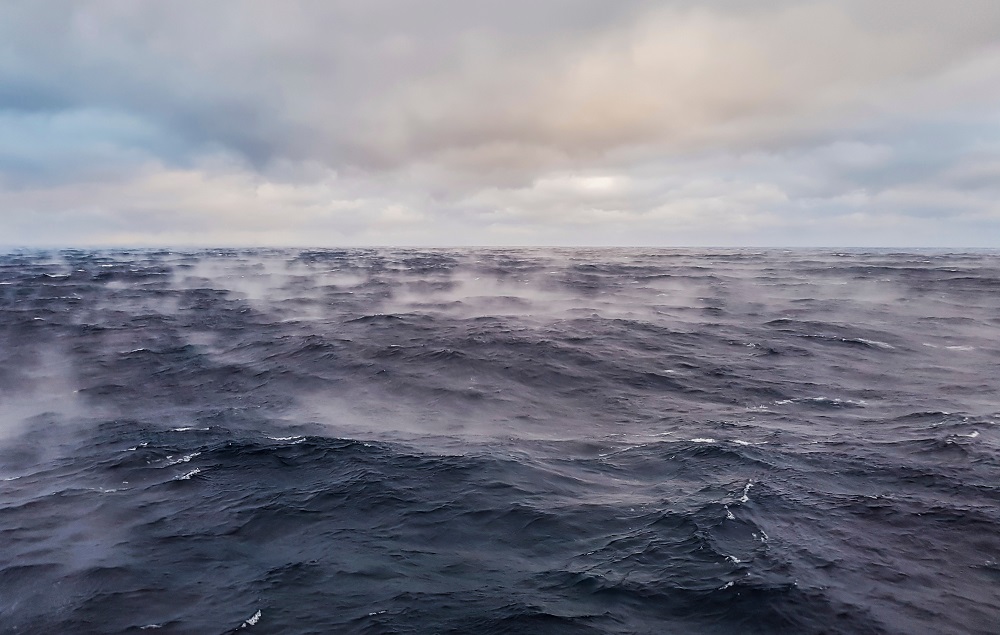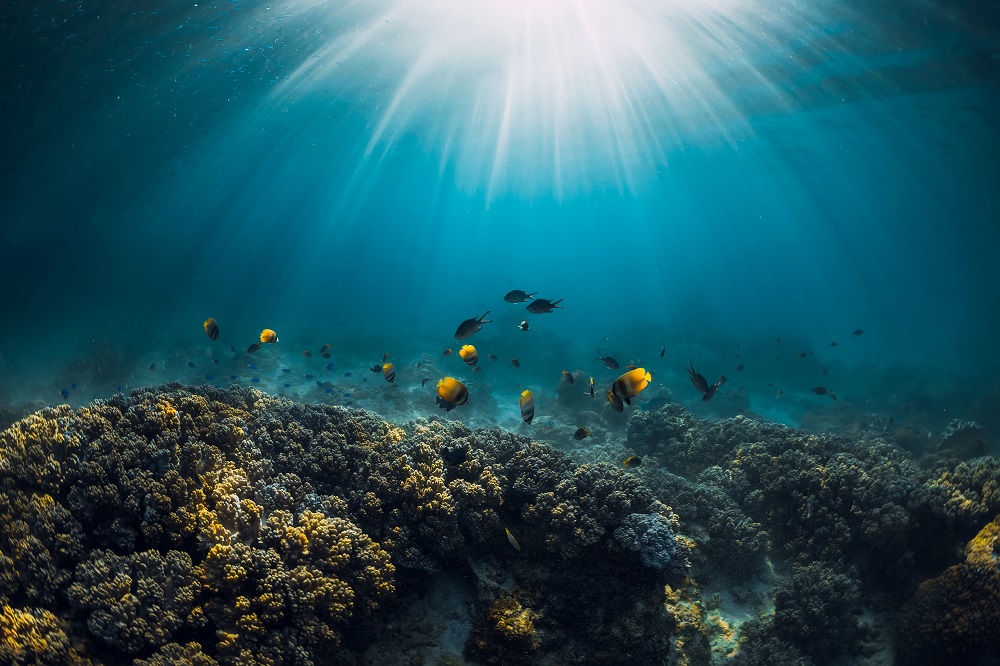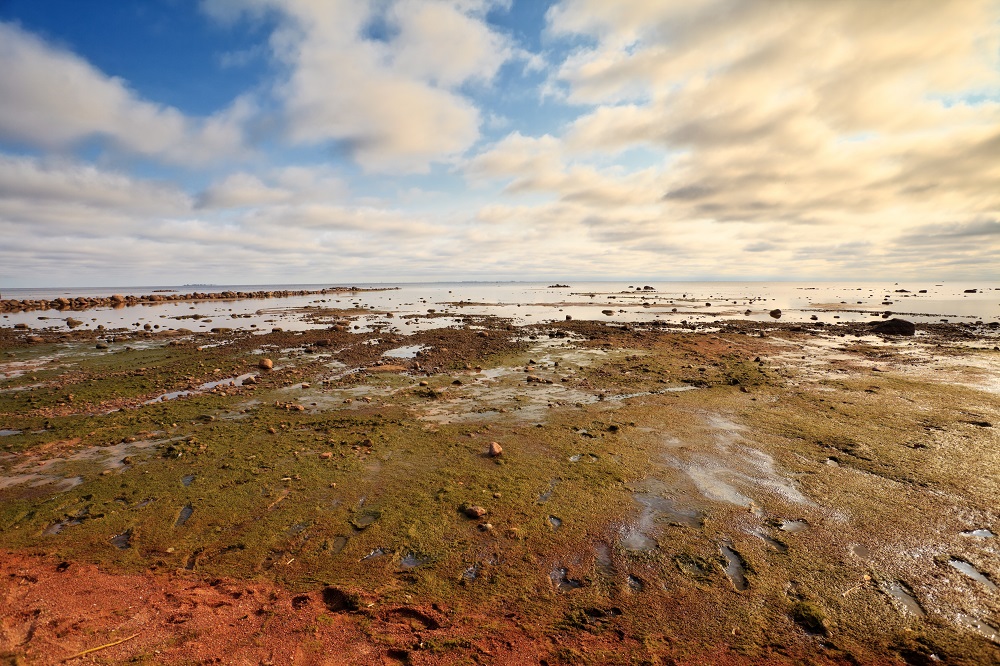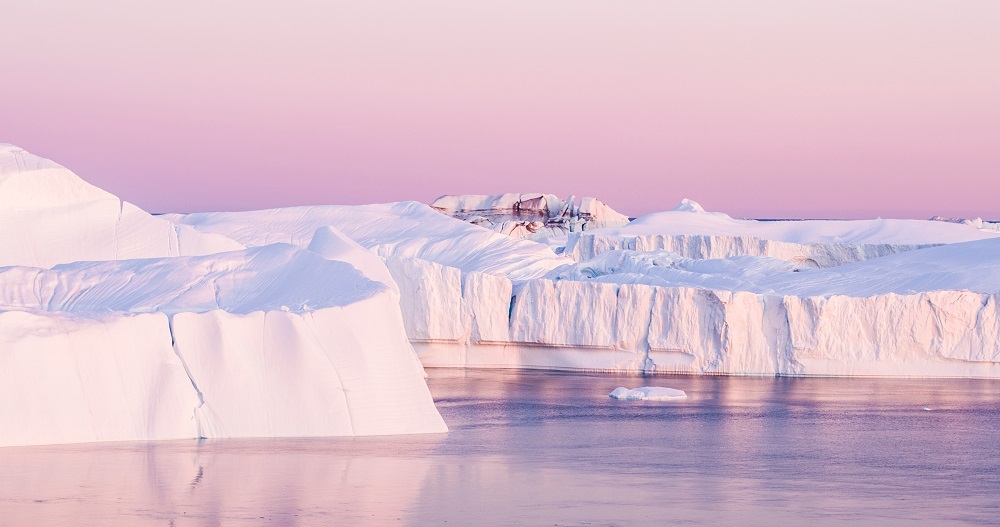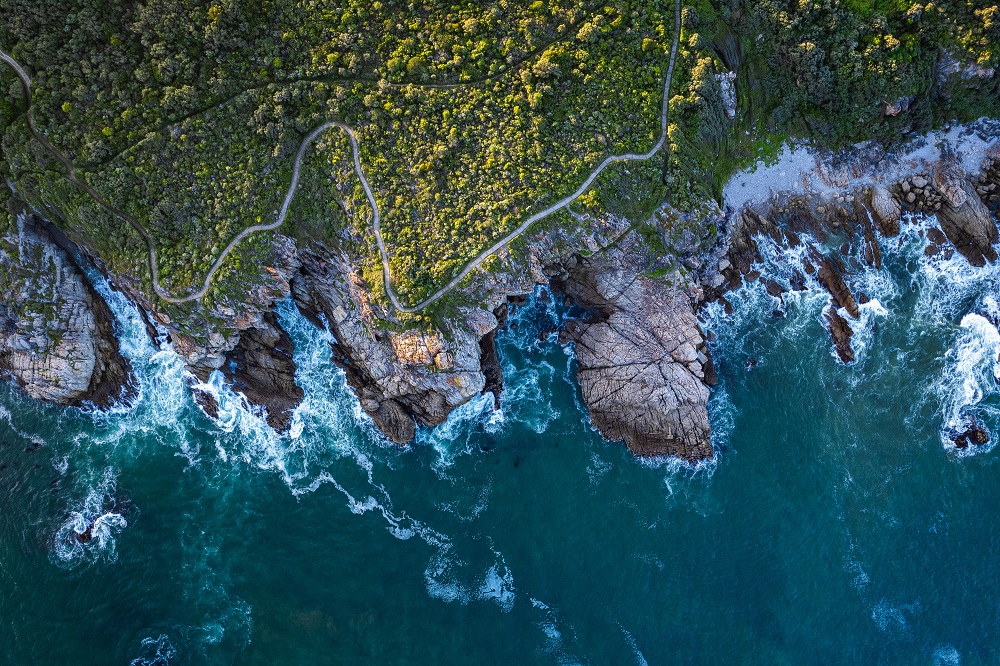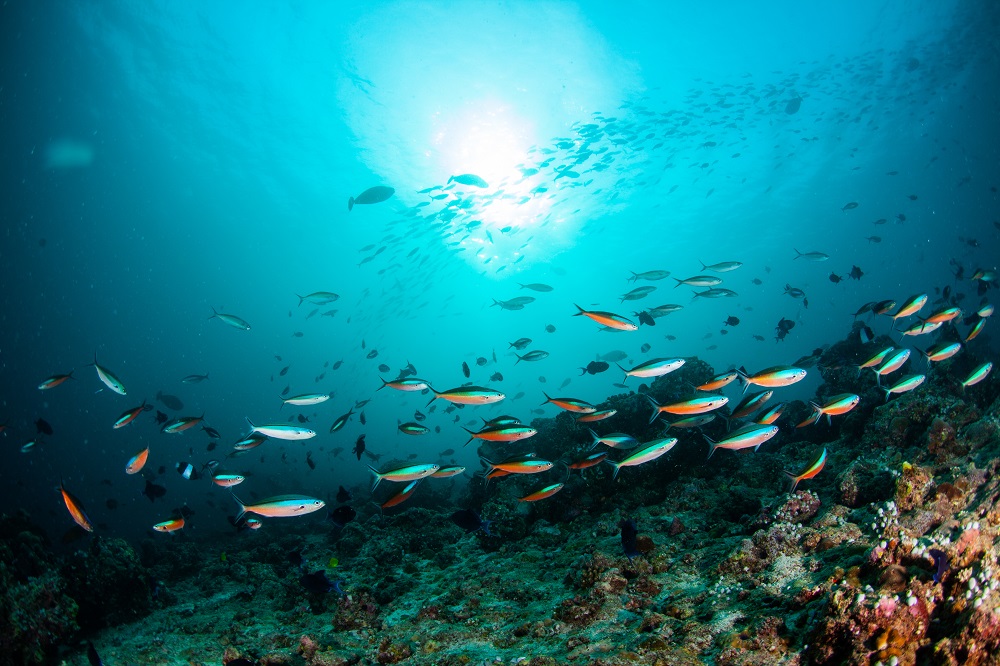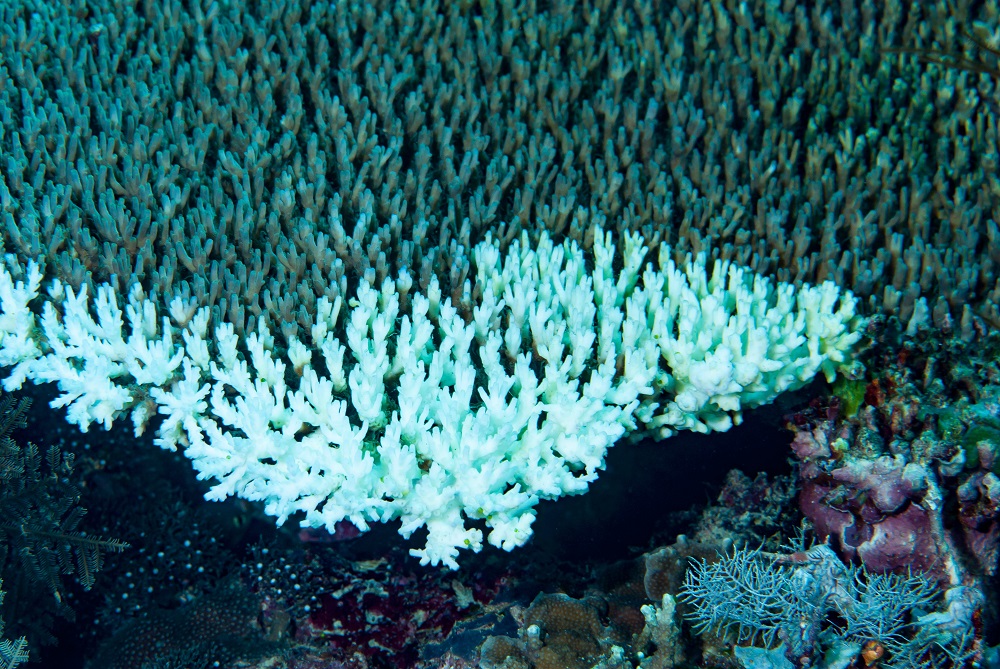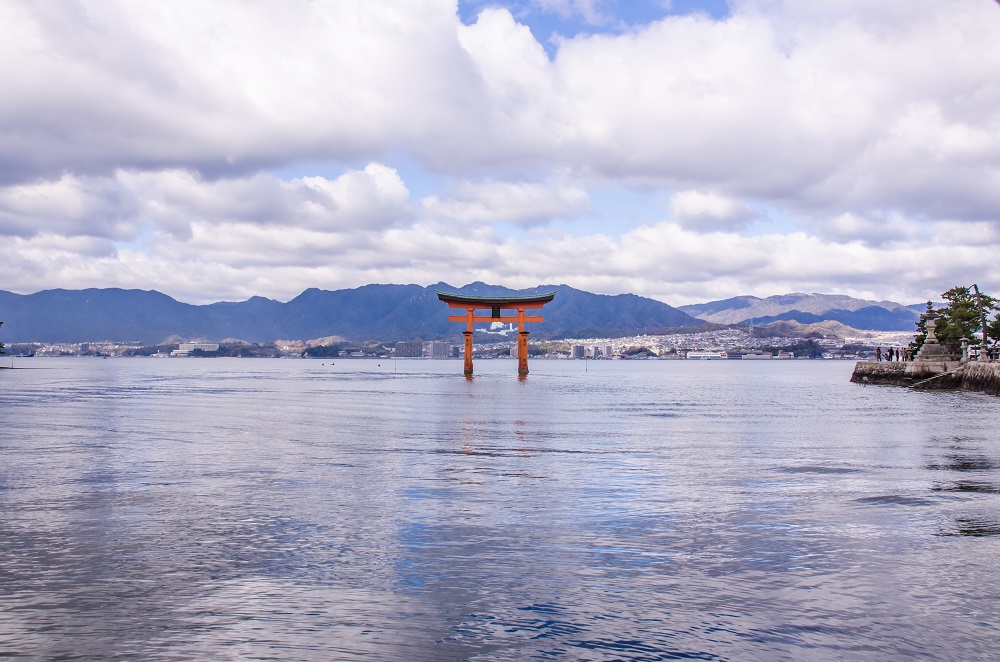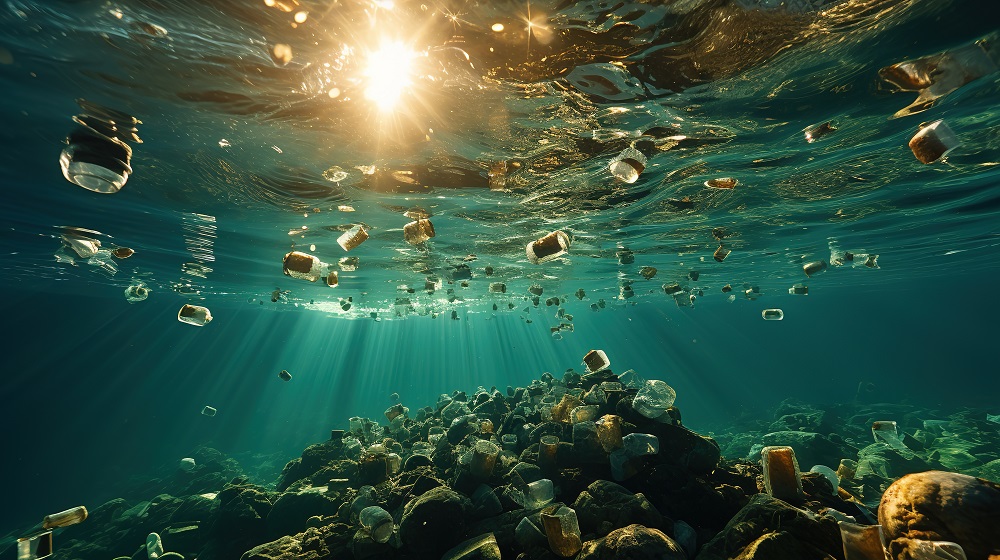Plastic pollution, characterised in the public imagination by enormous floating islands of waste, is arguably the most visible and well-understood type of marine pollution. But plastic, although everywhere, is only the tip of the iceberg.
Key points:
- Pollution damages the ocean’s health, but there is difficulty grasping its full environmental, economic and social impacts owing to a lack of data.
- Estuaries, where rivers converge with the sea, are vital to ocean health, but information on their state is incomplete. The Global Estuaries Monitoring Programme (GEM) brings together scientists from across the world to fill this gap.
- Beyond scientific projects such as GEM, better governance frameworks and data-sharing guidelines will help catalyse a co-ordinated global response to marine pollution.
Swimming in the dark
In 2022 Back to Blue published The Invisible Wave, highlighting how the chemicals and pollutants dispensed into the oceans through intense human activity are as disruptive and harmful as plastic pollution— if not more. Agricultural run-off, heavy metals, flame retardants, pharmaceuticals and pathogens are a few of the pollutants that threaten marine life, human health and livelihoods. Yet surprisingly little is known of their impacts on the health of the global ocean.
Back to Blue’s most recent discussion paper, The Zero-Pollution Ocean: A call to close the evidence gap, published in February 2023, highlights the fact that information about marine health and the chemical pollutants that threaten it remains scarily fragmented. Yet this is an essential ingredient of efforts to protect the ocean. Consequently, global action to tackle marine pollution beyond plastics has been unco-ordinated and slow.
To examine this issue, Back to Blue spoke with Kenneth Mei-Yee Leung, the chair professor in the Department of Chemistry at The City University of Hong Kong and director of China’s State Key Laboratory of Marine Pollution. Mr Leung’s team leads the Global Estuaries Monitoring (GEM) study, a worldwide effort to improve our collective understanding of marine pollution.

Plugging the gap
Of all the ecosystems needing care, estuaries arguably deserve one of the top spots. Found where rivers and streams converge with the sea, they play a vital role in the balance and conservation of fresh- and salt-water ecosystems. Usually surrounded by land and secluded from high winds, they provide fertile ground for thousands of species to grow and thrive. “Estuaries are the most productive part of the ocean,” says Mr Leung. “The brackish water system is home to different habitats, from mudflats and mangroves to seagrass beds and oyster reefs, all of which are nursery grounds for fishery resources.”
Despite their ecological importance, scientists’ knowledge about estuaries remains patchy. Very little is known about the state of urbanised estuaries in Africa and South America, and information from South-east Asia and Oceania are uneven, making for an incomplete picture of global estuarine health. The GEM study, led by Mr Leung and four other scientists from Australia, the UK, the US and mainland China, aims to map the health of estuaries worldwide by measuring levels of contamination by microplastics, pharmaceuticals, and heavy metals, and assessing their ecological risks.
The project includes training programmes for researchers on data collection and sharing and seeks to develop a simple, standardised way of collecting and analysing samples to ensure comparable results. GEM aims to identify estuaries that require attention, recommend control measures for priority pollutants and share best practices to tackle estuarine pollution. GEM is now calling for scientists worldwide to collect samples from riverbeds and estuaries, aiming to publish its results towards the end of 2024.
Nurseries of the seas: spotlight on estuaries
Besides their ecological function, estuaries also provide economic value, benefiting tourism, aquaculture and recreational activities. In the US, they accounted for 75% of the commercial fish catch, contributed US$8.8trn to GDP and supported 59 million jobs in 2021. Yet the accompanying concentration of human activity makes estuaries highly exposed to the risks associated with climate change, sea-level rise, pollution and biodiversity loss. This risk extends to the open ocean.
In the US, estuaries
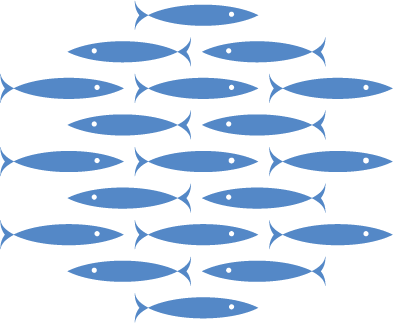
accounted for 75% of commercial fish catch

contributed USD8.8 trillion to GDP
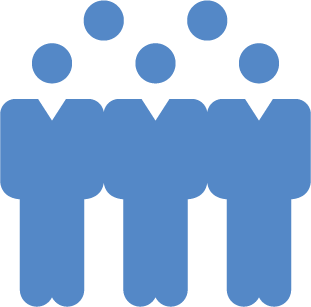
supported 59 million jobs in 2021
“Estuaries are like funnels,” says Mr Kenneth Mei-Yee Leung, the chair professor in the Department of Chemistry at The City University of Hong Kong and director of China’s State Key Laboratory of Marine Pollution. “The pollution carried down rivers converges and can start to affect marine ecosystems. Oysters, for example, act as a biofiltration system by removing organic matter such as harmful algae… [However,] pollution can kill them off, along with their filtration function”. Estuarine health, therefore, is intimately linked to ocean health.
GEM aims to build on an earlier study that Mr Leung participated in, the Global Monitoring of Pharmaceuticals. The study revealed that most of the world’s rivers contained unsafe levels of drugs and antibiotics, which, over time, can cause germs and bacteria to mutate and lower the effectiveness of such treatments. These compounds can also trigger a hormone imbalance among aquatic animals, affecting their function and behaviour. Birth control medication and anti-diabetic drugs, for example, have been linked to changes in the reproductive capacity of fish populations.
Rivers carry large quantities of water to the ocean via estuaries, so getting a comprehensive bill of health (or ill-health) of the world’s rivers and estuaries can go a long way towards helping scientists understand marine health too. A source-to-sea approach, which acknowledges the interdependence of ecosystems through the flow of water, suspended solids, sediments and pollutants, is critical to reducing marine pollution. This is precisely because it acknowledges estuaries’ role as a transmission site for ocean pollution. But there is still a long way to go before we can recognise the full extent of marine pollution and identify critical areas for action and improvement, as research and interviews that Back to Blue has conducted since 2021 have shown.
Knowing the unknown: building a comprehensive picture
Mapping the state of rivers and estuaries worldwide is just one piece of the marine pollution puzzle, with the GEM programme part of a much broader effort to improve ocean health. The UN Ocean Decade, a programme from 2021 to 2030, aims to leverage science on marine and coastal biodiversity to reach the UN Sustainable Development Goals. One of the ten “Ocean Decade Challenges” seeks to “understand and beat marine pollution”. Only once a thorough picture of marine pollution is achieved can policymakers and innovators deploy solutions to tackle pollution at the source, reduce its impact and deliver cleaner oceans.
Closing the marine pollution knowledge and data gap requires a co-ordinated approach to data collection, sharing and management, and must involve a fleet of public and private stakeholders and civil society groups. According to Mr Leung, the first step is to unlock whatever ocean-related data already exist.
Data are often collected but not readily available to the public, making it difficult to identify where the gaps are. “You first need to know your data source. Government-monitored data are often the most challenging to access. Governments often collect data on basic physical oceanographic measurements such as pH, temperature and nutrient content, but they rarely have the resources to obtain data about contaminants of emerging concern like pharmaceutical residues for example”. According to Mr Leung, an international governance and collaboration mechanism could help standardise rules around managing and disclosing data, unlocking crucial historical insights about our oceans.

Scientists and academics broadly agree that free access to data fosters collaboration and accelerates research, ensures that information is up-to-date, and is inclusive and cost-effective where research funding and resources are limited. Open-source data management systems, as opposed to proprietary ones, are critical to advance research in areas related to the common good—like the ocean.
Existing data-sharing platforms can pave the way for standardised data collection, monitoring and assessment, suggests Mr Leung. Genbank, a public online database for collecting annotated DNA sequences, is a successful example. Over the last four decades, Genbank has collected over 1.6 billion genetic sequences for 450,000 species. It doubles in size every 18 months. The DNA-based database has enabled discoveries from personalised medicine to disease control and could support further research in biodiversity loss and conservation.
Importantly, Genbank successfully centralises data by having major scientific journals require that scientists upload their genetic sequencing data to the platform before a paper can be published. A similar data-sharing approach could incentivise researchers to share their findings and build up a global repository of marine pollution-related data, says Mr Leung.
There are also ample opportunities to engage citizen scientists through technology. An application similar to iNaturalist, a joint initiative between the California Academy of Sciences and the National Geographic Society to advance biodiversity science, could enable anyone with a smartphone to report, record and share real-time pollution-related observations with others on the platform. Tech-driven citizen science projects are cost-effective for individuals and non-government organisations, while generating swathes of data on waterways, coastal ecosystems and ocean habitats over time.
Further down the line, Mr Leung foresees that “with advances in technology and real-time monitoring, multiple sensors and stations across the world could feed into satellites for easier data sharing and dissemination, similar to what is currently being done with CO2 and temperature monitoring”. Satellites are already being used to track plastic pollution in oceans and “sniff out” chemicals in the atmosphere. We may be a small step away from using satellites and remote sensing technology to detect oceans’ and waterways’ changing physical, chemical, biological and thermal properties.

What is next?
Projects like GEM do more than deepen our understanding of the oceans. “GEM is a platform for collaboration and community building to share data and ideas and to push for best practice”, says Mr Leung. “Bringing the science together is just one part. It is also about working together towards a common goal”. Marine ecosystems are complex and dynamic, and their impact extends to equally thorny issues like climate change, food security, global health and poverty. An interdisciplinary approach to science, research and collaboration can ensure that solutions tackling marine pollution are more equitable and inclusive.
It will likely take years or even decades to get a complete picture of marine pollution, including pollution hotspots, contaminants of emerging concern, and the extent of their impact on marine and human health. But initiatives to piece this information together, such as GEM, are already under way. The next step is consolidating existing efforts to close the evidence gap and ensure decision-makers have the data they need to address marine pollution.
How you can help
Back to Blue is calling on scientists, research funders, policymakers, investors and business leaders to join the conversation about how to spearhead a co-ordinated global response to marine pollution and to co-design a roadmap by 2025 to close the marine pollution data gap. To learn more and share your views, visit https://backtoblueinitiative.com/take-action-on-ocean-pollution/
Back to Blue is an initiative of Economist Impact and The Nippon Foundation
Back to Blue explores evidence-based approaches and solutions to the pressing issues faced by the ocean, to restoring ocean health and promoting sustainability. Sign up to our monthly Back to Blue newsletter to keep updated with the latest news, research and events from Back to Blue and Economist Impact.
The Economist Group is a global organisation and operates a strict privacy policy around the world.
Please see our privacy policy here.
THANK YOU
Thank you for your interest in Back to Blue, please feel free to explore our content.
CONTACT THE BACK TO BLUE TEAM
If you would like to co-design the Back to Blue roadmap or have feedback on content, events, editorial or media-related feedback, please fill out the form below. Thank you.
The Economist Group is a global organisation and operates a strict privacy policy around the world.
Please see our privacy policy here.


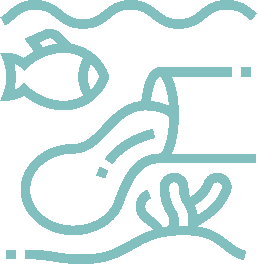

 World Ocean Summit & Expo
2025
World Ocean Summit & Expo
2025 UNOC
UNOC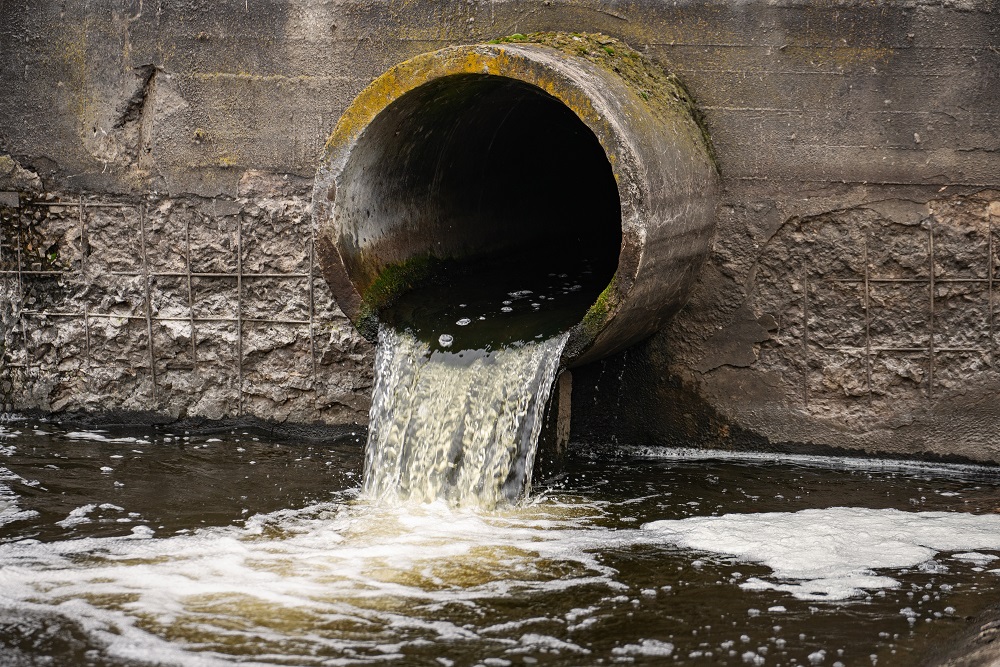 Sewage and wastewater pollution 101
Sewage and wastewater pollution 101 Slowing
the chemical tide: safeguarding human and ocean health amid
chemical pollution
Slowing
the chemical tide: safeguarding human and ocean health amid
chemical pollution Hazardous chemicals in plastics - the discussions at INC
Hazardous chemicals in plastics - the discussions at INC






